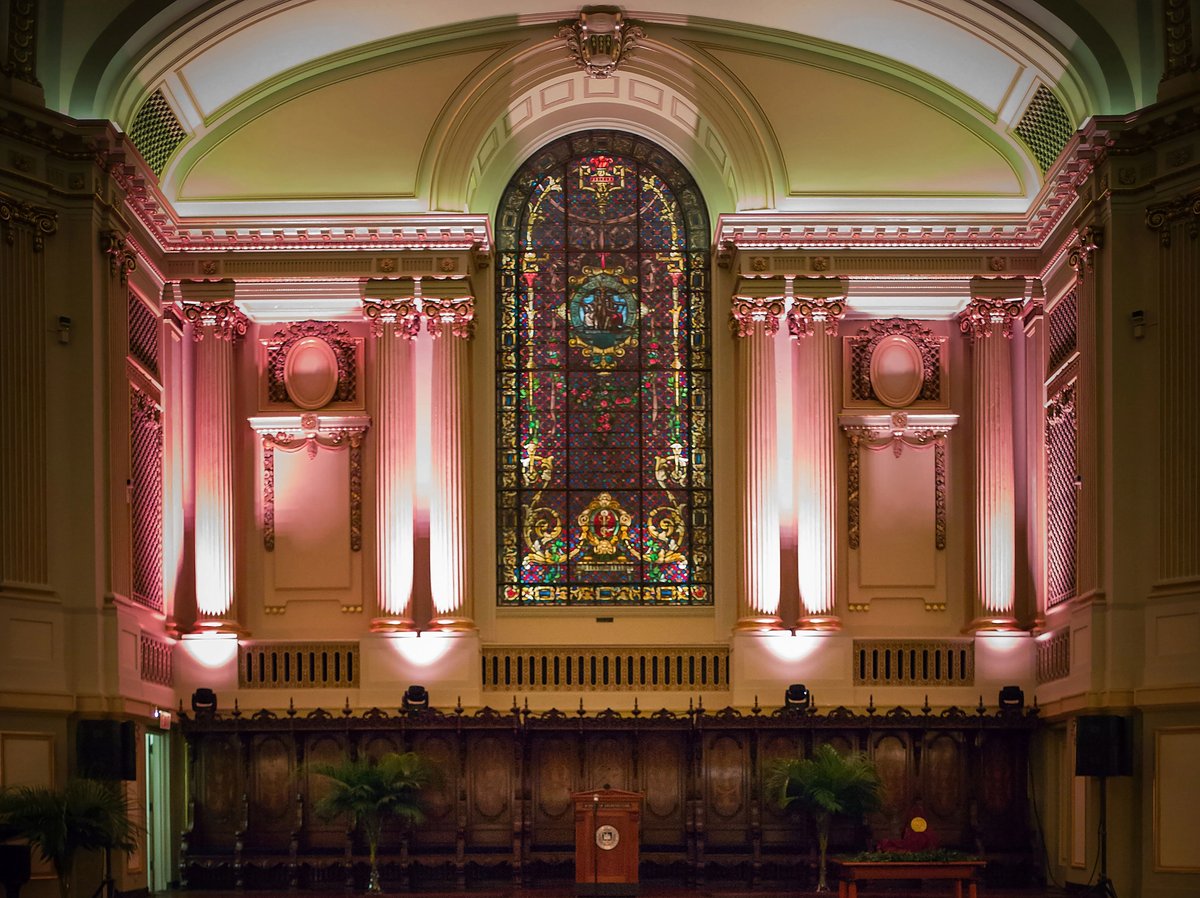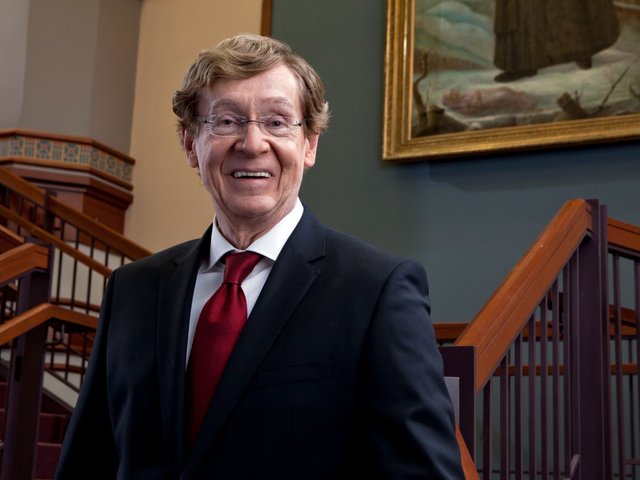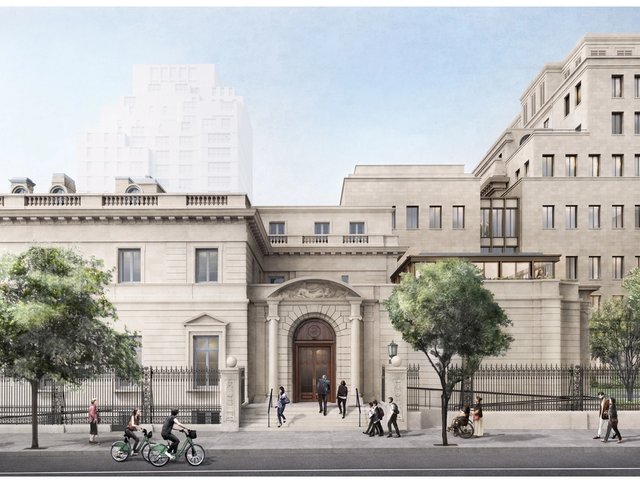The John B. Murphy Memorial Auditorium was built in 1926 for the American College of Surgeons (ACS) in Chicago. Designed by the firm Marshall and Fox, it borrowed heavily from the Chapelle de Notre Dame de Consolation in Paris. The auditorium was attached to the 1883 Nickerson Mansion, also owned by the college from 1919 until 2003, when the late philanthropist Richard H. Driehaus purchased the grand home—known as the “Marble Palace” in its day for its lavish interior.
After a five-year restoration process, Driehaus opened the mansion as a museum largely dedicated to the art and design of the Gilded Age, while the auditorium stayed in the possession of the college. “The idea was always there to join these two back together with a common purpose,” says Anna Musci, who was recently named the museum’s executive director, and this week the museum announced it had purchased the auditorium with plans to hold public lectures and other arts events there.
“Serious talks about the acquisition began while Richard was alive,” Musci says. After his death in early March 2021, the museum board agreed to make it work and honour Driehaus’s vision and passion. “He loved the building and he contributed to its restoration in 2003.”

Both the Driehaus Museum (left) and the Murphy Auditorium buildings were once owned by the American College of Surgeons Photo: Alex Brescanu
Even before the mansion became a college, the original owners—Samuel and Mathilda Nickerson who were founding members of the Art Institute of Chicago—opened their private gallery on the first floor to art students so they could study and sketch. “Both buildings were incubators for new things, new inventions, and places for learning,” Musci says.
The auditorium, with its massive cast bronze entrance doors designed by Tiffany Studios, and elegant curving staircase, will now also be activated by the arts. “It’s a beautiful space and we will, very carefully, make it available for private events but it’s important that we return it to its original use as a place for education, lectures, concerts and workshops,” Musci says. “We are looking through a very local community lens,” she adds, and plans include making the space available to other arts organisations.
“One thing that made Richard so happy was when he heard people telling their stories about their experiences of the place and how the space inspired them,” Musci says. “We want to make sure that we are always doing that—making visitors feel welcome through conversation, art, music, and architecture. We don’t want to be a hidden gem.”




